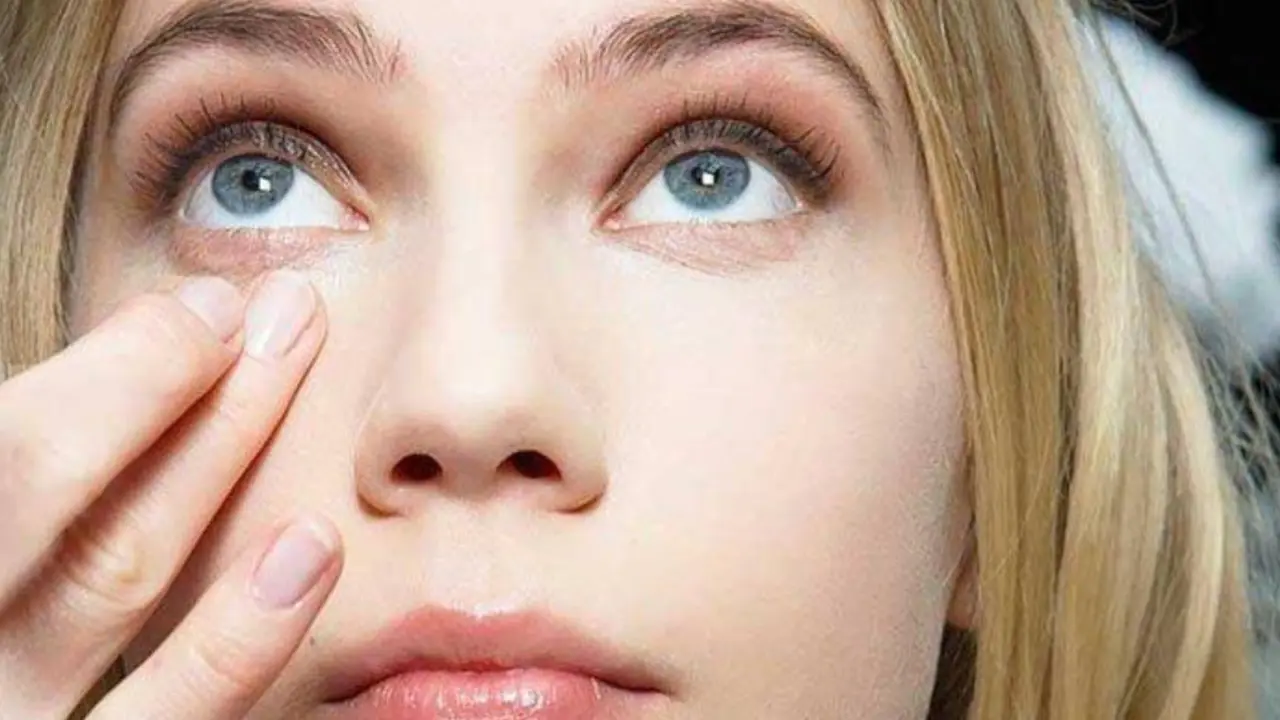Alkaptonuria is a genetic disorder that causes urine and some parts of the skin to be black or dark. This rare disorder is caused by the disruption of the amino acid breakdown process due to changes in genes.
The symptoms of alkaptonuria usually develop slowly and are often only discovered when the sufferer is 20-30 years old. The initial complaint that can be seen is black or dark colored urine after a few seconds of exposure to air.
In addition to dark colored urine, sufferers of alkaptonuria or black urine disease can experience complaints in the form of arthritis . If not treated correctly, alkaptonuria can cause serious complications, such as kidney stones or heart valve damage.
Causes of Alkaptonuria
Alkaptonuria is caused by a change (mutation) of the homogentisate 1,2-dioxygenase (HGD) gene. The mutation causes the enzyme homogentisate oxidase, which is needed to break down amino acids, to not work properly . As a result, the process of breaking down amino acids tyrosine and phenylalanine becomes disturbed.
Disturbances in the amino acid breakdown system also cause the accumulation of homogentisic acid in the body. Accumulation of homogentisic acid is what causes the symptoms of alkaptonuria.
Alkaptonuria is an autosomal recessive genetic disorder . In other words, alkaptonuria occurs when each parent passes down a mutated copy of the gene to their child.
Risk factors for alkaptonuria
Boys and girls are more at risk of alkaptonuria if both parents suffer from the same disease. Whereas if this disease is inherited from only one of the parents, the child will not suffer from alkaptonuria, but can become a carrier of the alkaptonuria gene.
Symptoms of Alkaptonuria
As explained above, alkaptonuria causes the homogentisate oxidase enzyme to not function properly in breaking down amino acids . This causes homogentisic acid that should be decomposed to become unbreakable. As a result, homogentisic acid accumulates in the body.
Some of the accumulation of homogentisic acid will be removed through urine. This is what causes the urine of alkaptonuria patients to be darker or black after a few minutes of exposure to air.
Symptoms of alkaptonuria can appear since infancy. One of the signs is the appearance of black spots in the diaper. Other complaints will become more visible as the patient ages. Generally, the symptoms begin to be seen when the sufferer is in their late 20s or early 30s.
Signs and symptoms of alkaptonuria can vary, depending on the part of the body affected. Some common symptoms of alkaptonuria include:
- Patches on the skin that are bluish or blackish in color, especially in areas that are often exposed to sunlight and around the sweat glands
- Dark or black sweat
- Bluish or brown nails
- Brown or gray spots on the white part of the eye (sclera)
- Thickened, bluish or black ear cartilage
- The earwax is deep red or dark
- Joint inflammation , especially hip and knee joints
- The earwax is deep red or dark
- Shortness of breath
When should you go to the doctor?
Check with your doctor if you experience the symptoms mentioned above. Early screening and treatment can reduce the risk of more serious health disorders, such as damage to bones, joints, kidneys, and the heart.
Diagnosis of Alkaptonuria
To diagnose alkaptonuria, the doctor will ask about the symptoms experienced by the patient, followed by a physical examination of the patient’s skin, ears, and eyes. Further, the doctor can perform several supporting examinations, such as:
- Urine test, to detect the presence of homogentisic acid in the urine
- DNA test, to check HGD gene changes in the body in patients who have a family history of alkaptonuria
Treatment of Alkaptonuria
There is no treatment that can cure alkaptonuria. However, doctors can provide treatment to alleviate symptoms, slow the progression of the disease, and prevent complications. Some methods that can be done are:
Lifestyle changes
Healthier lifestyle changes that can be recommended by doctors are:
- Limit the consumption of high protein foods to lower the levels of tyrosine and phenylalanine in the body
- Consuming foods rich in vitamin c, such as oranges and kiwis, to slow the accumulation of homogentisic acid in the cartilage
- Avoid sports that are prone to causing joint injuries, such as football or boxing
- Doing relaxation therapy, or sports such as yoga, swimming, and pilates , to manage stress, strengthen joints, lose weight, and improve body posture
Medicines
Some types of medicine that can be given by the doctor are:
- Painkillers and anti-inflammatory drugs, to relieve complaints of joint pain
- Vitamin C, to prevent the accumulation of homogentisic acid
One of the drugs that is being studied for its effectiveness for alkaptonuria is nitisinone. Nitisinone is actually a drug used to overcome the condition of HT-1 (hereditary tyrosinemia type 1) or hereditary tyrosinemia type 1.
Physiotherapy
Physiotherapy is done with the help of a device called transcutaneous electrical nerve stimulation (TENS). This action aims to make the spinal nerve endings numb so that the pain subsides.
Operation
If alkaptonuria causes damage to joints or other organs, the doctor will suggest surgery. This procedure is usually performed on patients who are over 50 years old.
The types of operations that are usually performed are hip, knee, or shoulder replacement operations, and heart valve replacement . Heart valve replacement surgery can also be performed when the heart valve has hardened due to the accumulation of homogentisic acid.
Complications of Alkaptonuria
Accumulation of homogentisic acid in the body that is not addressed can cause a number of the following complications:
- Kidney stones
- Prostate stones (prostatic calculi)
- Achilles tendon rupture
- Coronary heart disease
- Joint and spine damage
- Heart valve damage
Prevention of Alkaptonuria
Do genetic counseling if there is a family member or your partner who suffers from alkaptonuria. Genetic screening aims to find out how likely you are to have a child with alkaptonuria.
If you are pregnant, do an amnioncentesis test and chorionic villus sampling (CVS) to detect alkaptonuria in the fetus early.
References :
Davison, A., et al. (2020). Alkaptonuria–Many Questions Answered, Further Challenges Beckon. Annals of Clinical Biochemistry, 57(2), pp. 106–120.
Zatkova, A., Ranganath, L., & Kadasi, L. (2020). Alkaptonuria: Current Perspectives. The Application of Clinical Genetics, 13, pp. 37–47.
Darmala, N., et al. (2017). Alkaptonuria: A Case Report. Indian Journal of Ophthalmology, 65(6), pp. 518–521.
National Organization for Rare Disorders (2022). Alkaptonuria.
UK National Health Service (2022). Health A to Z. Alkaptonuria.
National Institute of Health (2021). MedlinePlus. Alkaptonuria.
Healthline (2020). Alkaptonuria.
MedicineNet (2022). Alkaptonuria.

